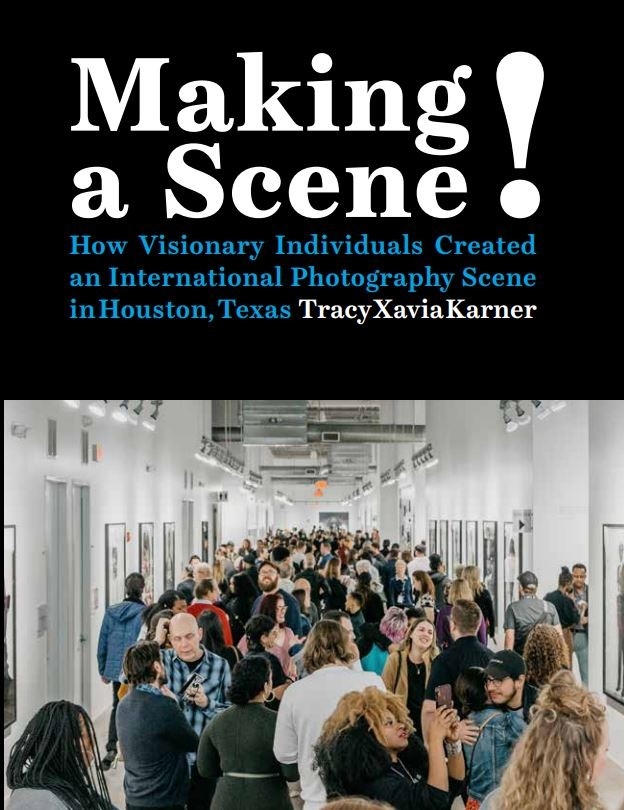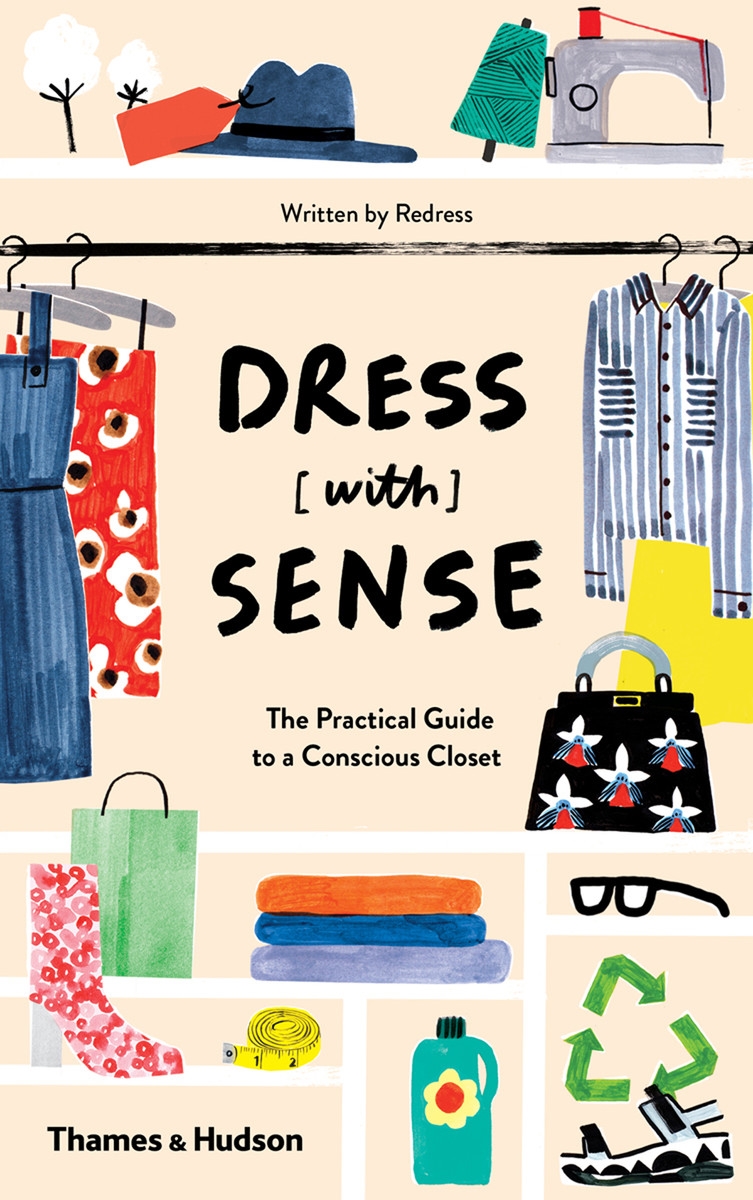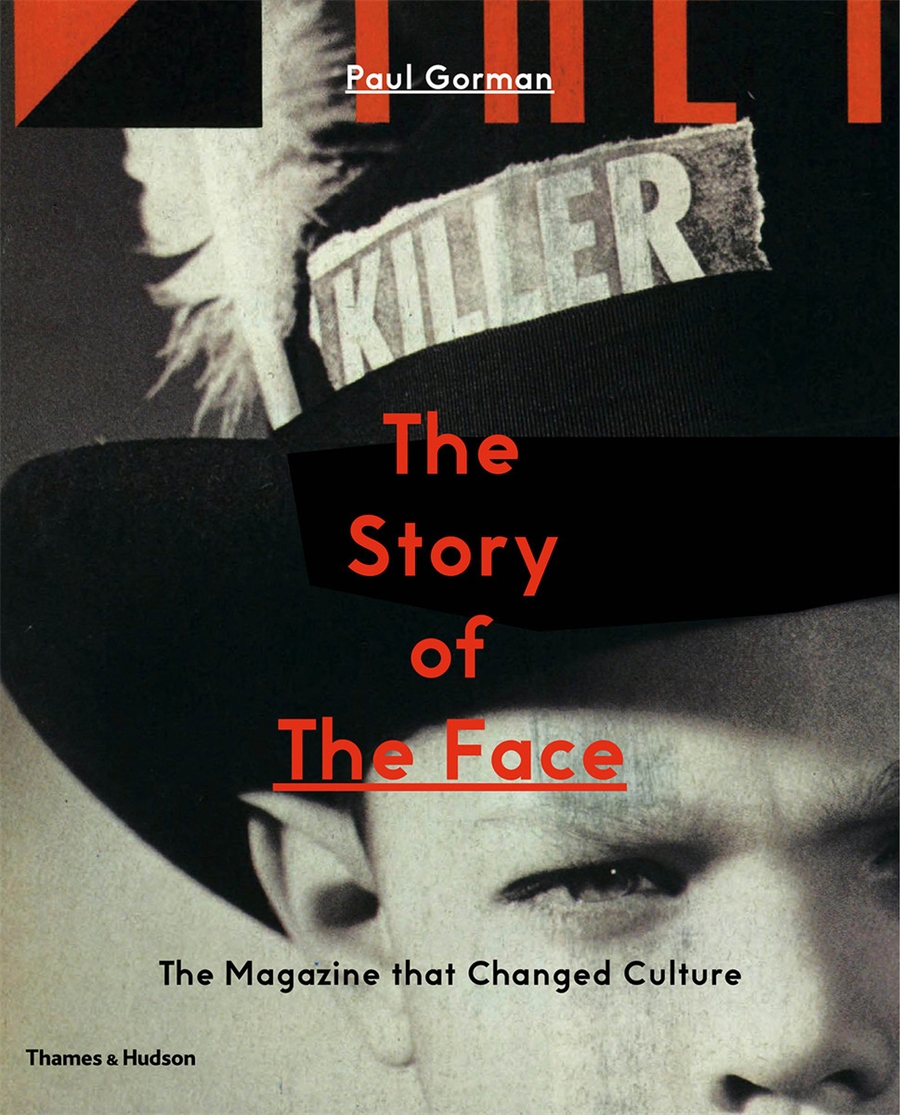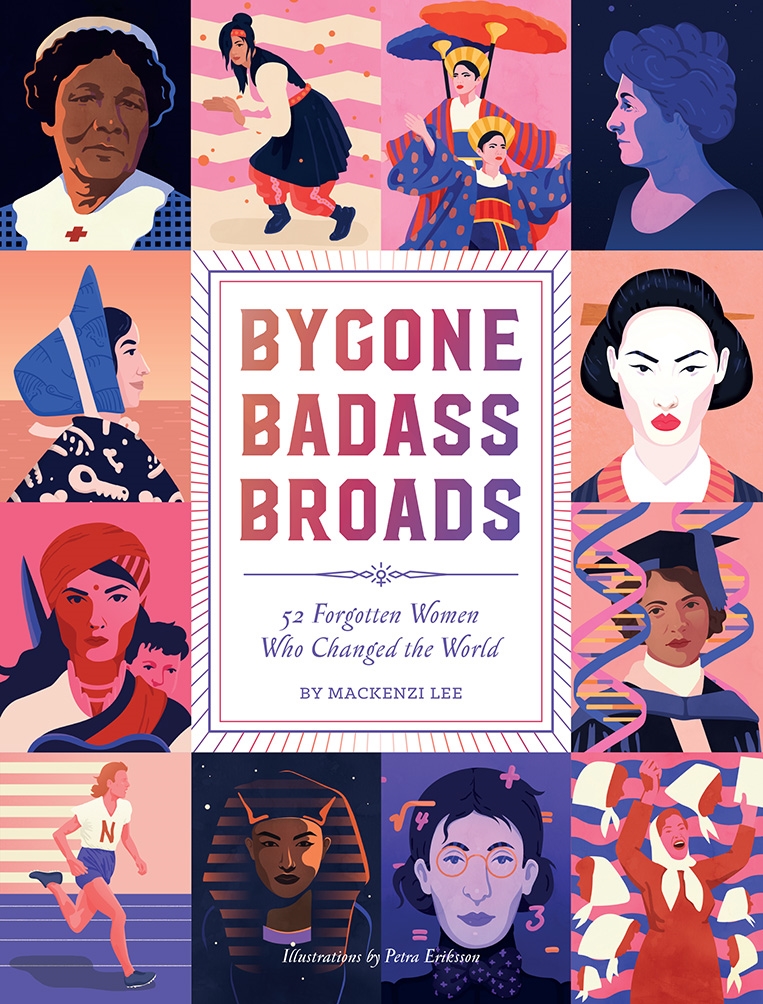Description
Making a Scene! is the story of how visionary individuals created an international art world around photography. A classic Texas tale of seemingly quixotic ideas, audacious goals, oil booms and busts, generous philanthropists, southern sensibilities, grandiosity, and resolve, this book documents the social history of ‘who did what and when’ to create an international photography scene in such an unlikely place as Houston.
Beginning with MFAH Director Bill Agee’s early dream of a photography department, a vibrant and engaged photography scene grew. What was once unimaginable became imaginable and then continued to grow and flourish through the work of Anne Tucker at the Museum of Fine Arts, Houston, local photographers who created Houston Center for Photography, and Wendy Watriss and Fred Baldwin, with Petra Benteler, who started the first international photography festival in the U.S., FotoFest. The scene that Anne, Fred, Wendy, and others fostered in Houston is nothing short of remarkable. This is the story of how Houston became the place to be for photography.




Reviews
There are no reviews yet.